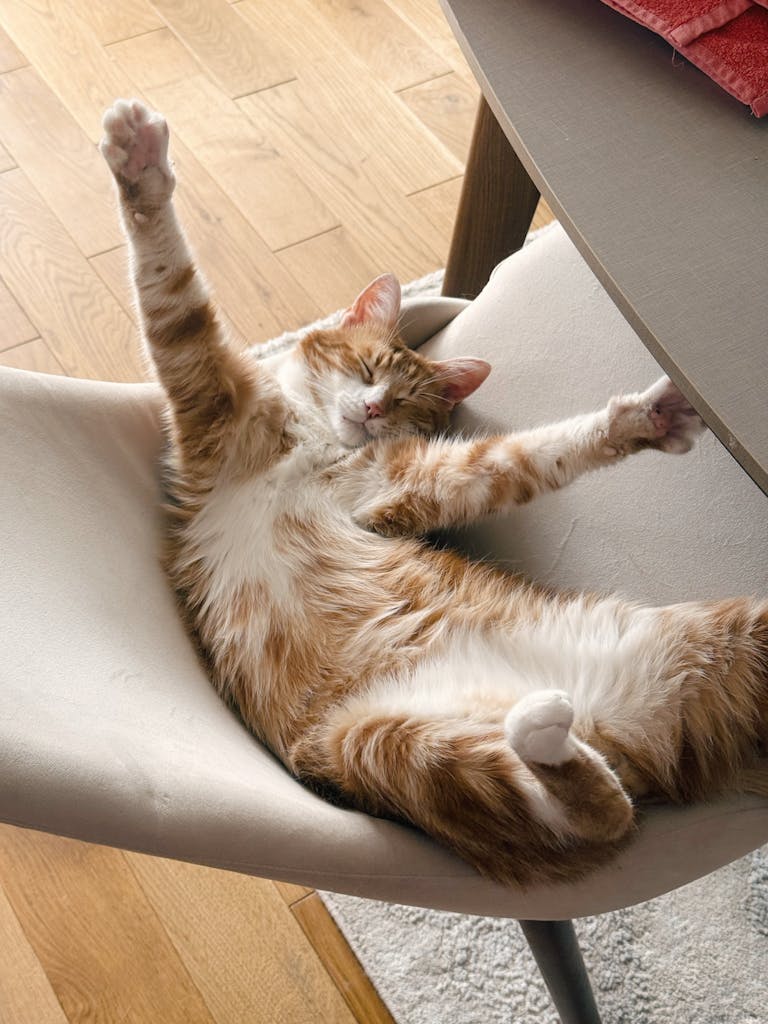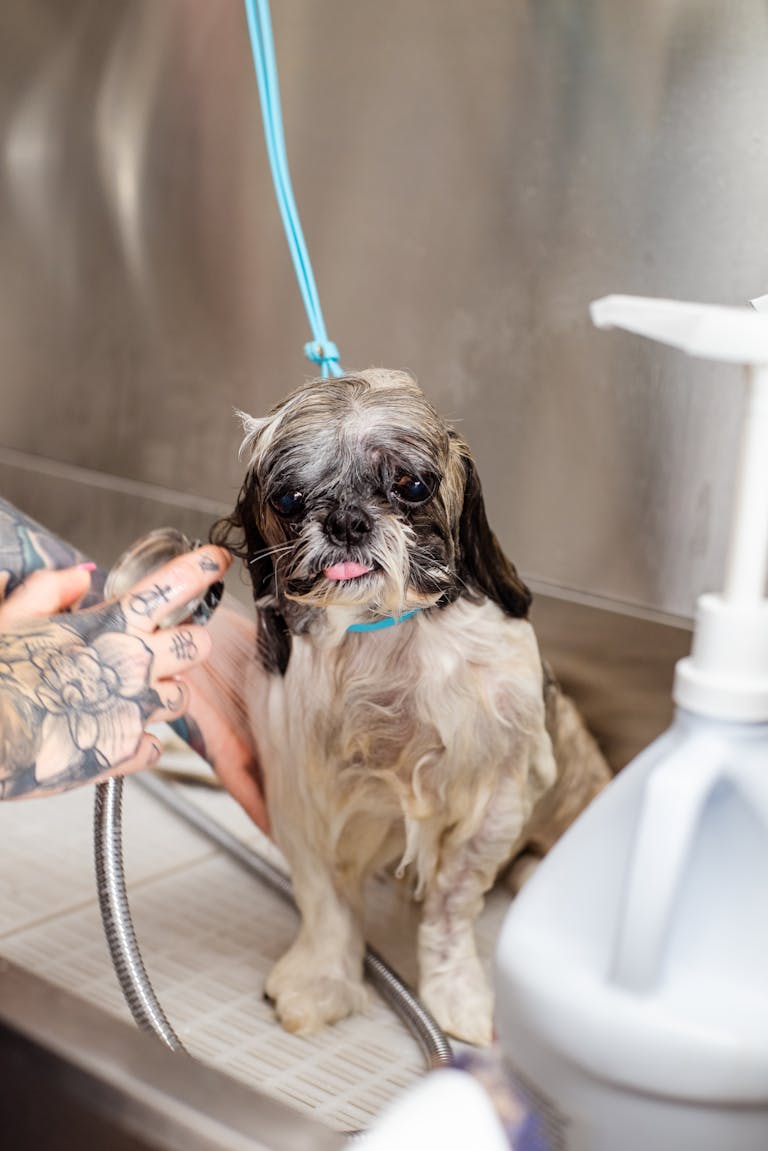7 Common Cat Health Problems Every Owner Should Know
Learn about 7 common cat health problems, their warning signs, and what you can do to keep your cat healthy and happy straight from trusted pet care experts.
Cats are famously independent they often act fine even when something’s wrong. But small signs can reveal big health problems if you know what to look for.
To help you protect your furry friend, here are seven common cat health problems that every responsible pet owner should recognize early plus what to do about them.
1. Hairballs (Trichobezoars)
What it is: When cats groom themselves, they swallow loose fur, which can form hairballs in the stomach.
Signs: Coughing, gagging, vomiting hair tubes, loss of appetite.
What to do:
- Brush your cat regularly to reduce shedding.
- Add a teaspoon of olive oil or specialized hairball paste (available on Amazon or pet stores) to food once a week.
- Make sure your cat drinks plenty of water.

2. Fleas and Parasites
Why it matters: Fleas cause itching, skin infections, and can even transmit tapeworms.
Signs: Excessive scratching, small black dots (“flea dirt”), or visible tiny jumping insects.
What to do:
- Bathe your cat with a gentle flea shampoo or use a vet-approved topical treatment.
- Wash bedding weekly in hot water.
- Keep your home vacuumed fleas hide in carpets.
💡 Prevention Tip: Use a monthly flea prevention product year-round, even for indoor cats.
3. Urinary Tract Issues (UTI or FLUTD)
Why it’s serious: UTIs are common in cats and can become life-threatening if untreated especially in male cats.
Signs: Straining to urinate, crying in the litter box, or peeing outside the box.
What to do:
- Visit a vet immediately urinary issues need medical attention.
- Feed wet food to keep hydration up.
- Encourage more water intake with a pet fountain.
4. Dental Disease
What it is: Plaque buildup causes gum disease and tooth pain.
Signs: Bad breath, drooling, pawing at the mouth, refusing dry food.
Prevention & Care:
- Brush your cat’s teeth with pet-safe toothpaste 2-3 times a week.
- Use dental treats or water additives to reduce tartar.
- Schedule annual dental checks with your vet.
5. Obesity
Why it’s dangerous: Overweight cats are prone to diabetes, arthritis, and liver disease.
Signs: Round belly, difficulty grooming, sleeping more than usual.
Fix it:
- Feed measured portions avoid free-feeding.
- Use low-calorie cat food if your vet recommends it.
- Play daily: chase toys, lasers, or feather wands for at least 10-15 minutes.
6. Respiratory Infections (Cat Cold)
What it is: Viral infections like feline herpes or calicivirus similar to a human cold.
Signs: Sneezing, runny nose, watery eyes, coughing.
What to do:
- Keep your cat warm and hydrated.
- Clean eyes and nose gently with a damp cloth.
- See a vet if symptoms last more than 3–4 days antibiotics or antivirals may be needed.
7. Kidney Disease (Chronic Kidney Failure)
Why it’s common: Especially in older cats kidneys slowly lose function over time.
Signs: Drinking more water, peeing more often, weight loss, dull coat.
Care Tips:
- Feed a vet-approved kidney diet (low protein, low phosphorus).
- Encourage water intake and regular vet monitoring.
- Early diagnosis helps extend life significantly.
Final Thoughts
Cats may not tell you when they’re sick but you can learn to read the signs. Regular vet checkups, proper nutrition, and good grooming go a long way in preventing most of these issues.
🐾 Remember: catching problems early saves money, stress, and most importantly — keeps your feline family healthy.
📘 Next Read: Best Vitamins and Supplements for Senior Dogs coming soon on PetWellnessToday.com



